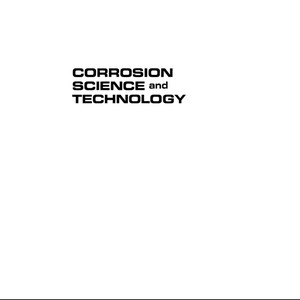Corrosion science and technology
by David Talbot, James Talbot
Corrosion science and technology: Engineering metals are unstable in natural and industrial environments.
In the long term, they inevitably revert to stable chemical species akin to the chemically combined forms from which they are extracted.
In that sense, metals are only borrowed from nature for a limited time.
Nevertheless, if we understand their interactions with the environments to which they are subjected and take appropriate precautions, degradation can be arrested or suppressed long enough for them to serve the purposes required.
Corrosion science and technology: The measures that are taken to prolong the lives of metallic structures and artifacts must be compatible with other requirements, such as strength, density, thermal transfer, and wear resistance.
They must also suit production arrangements and be proportionate to the expected return on investment.
Thus, problems related to corrosion and its control arise within technologies, but solutions often depend on the application of aspects of chemistry, electrochemistry, physics, and metallurgy that are not always within the purview of those who initially confront the problems.
Corrosion is the transformation of metallic structures into other chemical structures, most often through the intermediary of a third structure, i.e., water and a first task is to characterize these structures and examine how they determine the sequences of events that result in metal wastage.
These matters are the subjects of Chapters 2, 3, 4, and 5. The information is applied in Chapter 6 to examine the options available for the most usual strategy to control corrosion, the application of protective coatings.
Chapters 7 through 9 examine the attributes and corrosion behavior of three groups of metallic materials, plain carbon steels and irons, stainless steels, and aluminum alloys.





Reviews
There are no reviews yet.